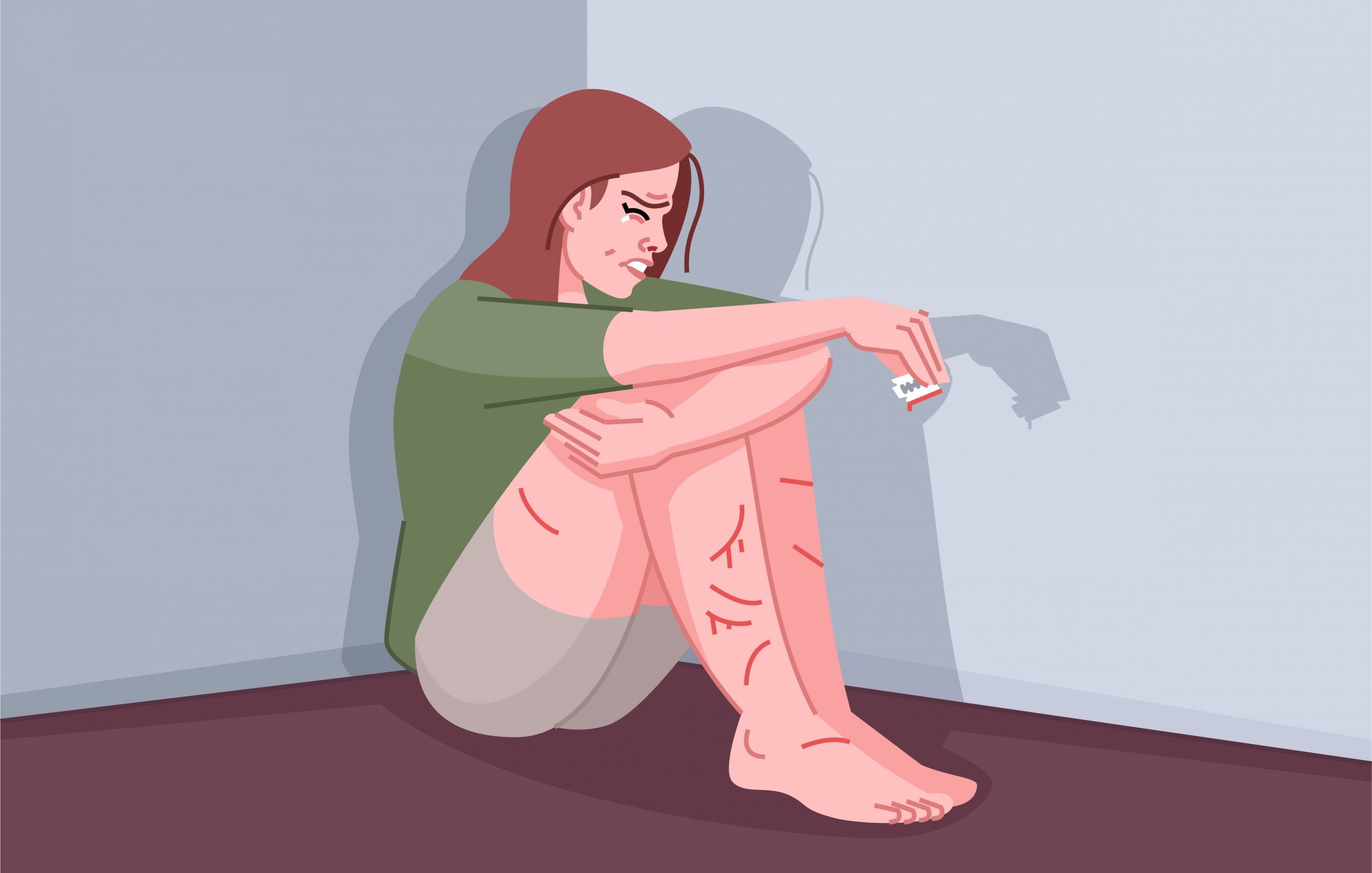Self-Harm Awareness Month.
Despite the complexity of self-harm, misconceptions and stereotyping make it even more difficult for people to understand
Young people suffering from depression and anxiety are more likely to self-harm, but self-harm can occur to anyone of any age. Self-harm, or self-injury, involves intentionally hurting one’s body; activities such as cutting and burning are considered self-harm. It is the result of emotional pain, trauma, anger, and frustration. People may not take the issue seriously because of its complexity.
Before reading further, know that this content can be triggering and is created for educational purposes only. It should not be substituted for professional guidance and help.
With that said, here are 5 things people who self-harm want you to know.
- Many people self-harm to feel something other than numbness and to distract themselves from their emotional pain
Everyone wants to feel something, but depression and other mental disorders can cause one to become numb to all emotions. Some may feel turning to self-harm is the only way they can feel something different. Even if it is physical pain, they just want something else to feel.
- People who self-harm don’t necessarily want to die
Self-harm is not a sign of suicidal intent. Many reasons exist for why someone would want to live but still injure themselves. Known as NSSI (Non-suicidal self-injury), 17% of adolescents have engaged in NSSI at least once, according to the American Psychological Association. Self-inflicted pain includes burning, carving, cutting, and embedding objects under one’s skin, as well as other acts of self-inflicted pain. Tattoos and piercings are generally not considered self-inflicted pain.
- Scars are not permission for you to ask “What?” or “Why?”
The fact that there are visible scars doesn’t mean they want to talk about it, for some people, scars are a reminder of the pain they have experienced. Some people may not want to talk about their scars, even with those they trust the most. We all have scars, inside or out, but we should never point them out.
- Teenagers aren’t the only ones who self-harm
As opposed to TV and the media, which portray self-harm predominantly as a teenage problem, it can still affect adults, and people who harm themselves can come from any age, race, gender, economic background, or sexual orientation. Approximately 15% of college students have also committed acts of self-harm. Low self-esteem, body image problems, and other factors contribute to self-harm. In the Journal of American College Health, it was reported that only 5% of college students sought treatment. Delaying treatment may lead to dangerous and potentially life-threatening consequences.
- Self-harm isn’t attention-seeking
There is a common misconception that all people who self-harm, particularly by cutting, are seeking attention. Some people may be looking for attention, but as a cry for help. On the other hand, some people prefer to keep their scars hidden, they don’t want people around them asking, “Are you okay?” or “Do you need help?” Some individuals simply don’t want or seek extra attention.
Don’t be afraid to talk to a family member or other trusted adult. Help is always available.
Help Lines:
National Hope Line Network: 1-800-784-2433
Crisis Text Line(text): HOME 741741, free 24/7 support




